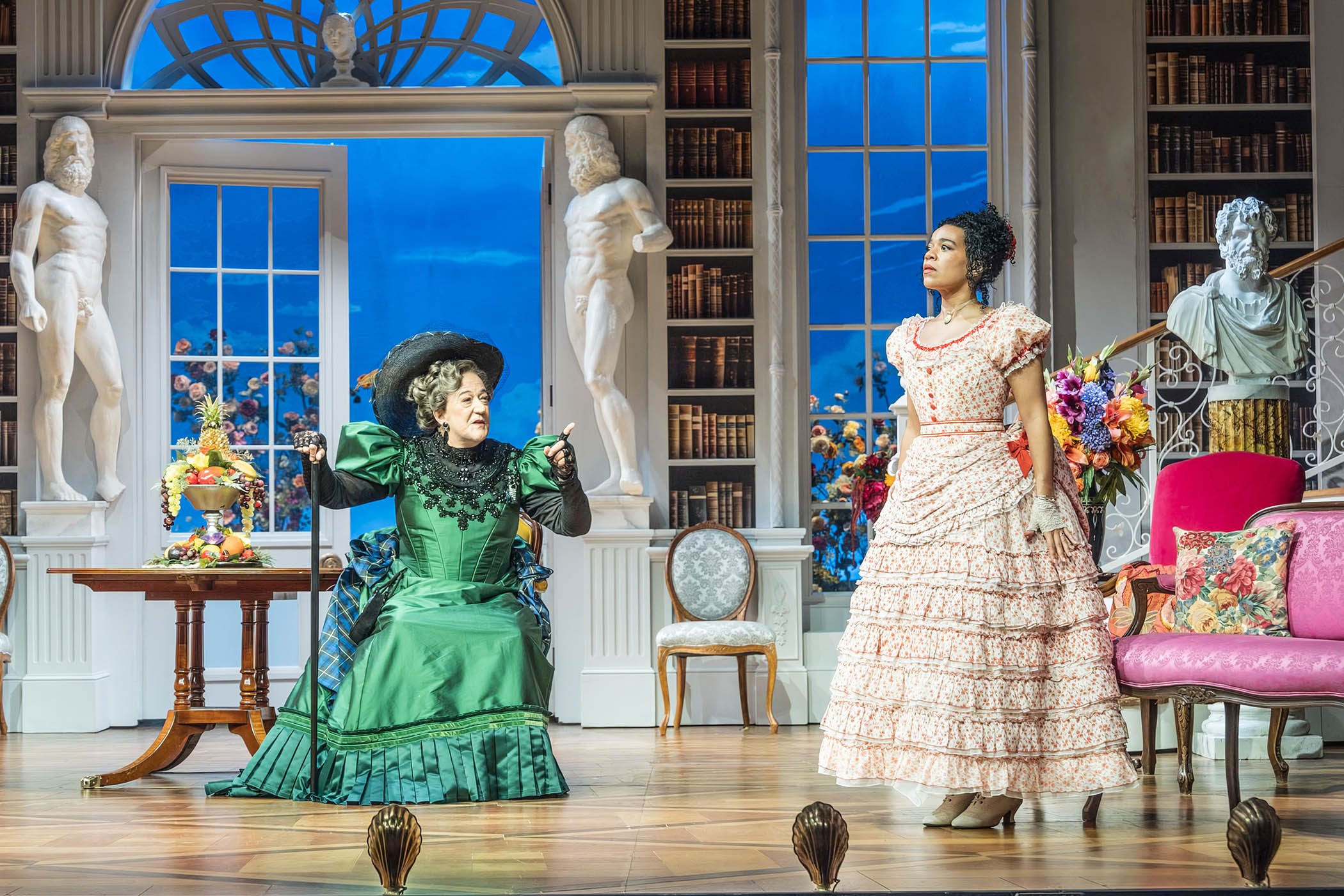In her 1986 essay The Carrier Bag Theory of Fiction, Ursula K Le Guin argued that human evolution could be credited to a series of low-key communal wins rather than the nastier, more brutish narrative of conflict and conquest. It was not the spear but the basket, the bottle and the bag that defined humanity, Le Guin suggested. Gathering and storing is what allowed us to thrive.
But hunters often had more exciting stories to tell than oat-pickers, so our fiction preferred the hero’s quest. We need different stories, Le Guin concluded.
The Spanish singer Rosalía’s fourth album, Lux, consciously sets out to achieve this. After her surprise hit record of 2018, El Mal Querer, which combined traditional flamenco with pop and hip hop, Rosalía went mainstream with 2022’s Motomami, which swapped her flamenco training for the streetwise corporeality of reggaeton. She is now a bona fide crossover star, with one eye on the big global streaming numbers of Spanish-speaking pop artists (such as Bad Bunny and Karol G) and the other on classical and avant-garde influences.
In a recent podcast interview with the New York Times, and in a brief statement at a private playback in London, Rosalía revealed she had been reading Le Guin as research, as well as a slew of hagiographies of female saints. Lux (Latin for light) channels the stories of women mystics and ancient Buddhist nuns into a multivoiced record about faith, passion and transcendence. It’s a record on a grand scale – arguably her most Rosalía-esque work to date. It places her firmly in the conversation surrounding great female auteurs such as Kate Bush and Björk (a guest star on the lead single Berghain).
Like El Mal Querer, Lux is an unapologetically ambitious, hybrid undertaking that leads a mainstream audience to places it doesn’t normally go. Ironically, Rosalía emerges as something of an heroic figure herself: an angel-voiced leader marshalling the London Symphony Orchestra, a Catalan choir, guest fado and flamenco singers as well as featured artists such as Yves Tumor. Rosalía sings in Spanish, with digressions into 13 languages across 18 tracks; on the riveting Porcelana she raps in Latin and Japanese. Throughout, scything strings vie with her weapons-grade voice to scale ever loftier heights.
Related articles:
Throughout, Rosalía is “hot for God” – prey to both ecstasy and self-flagellation
But digital production tricks help to locate this full-on listening experience firmly in 2025. Focu ’Ranni combines earthy Sicilian verses with an Auto-Tuned, chipmunk-style chorus and wild digital celebrations; Rosalía’s protagonist vows she’d rather fling herself into the void than give up her freedom in marriage. Novia Robot rails against men who just want a servile cyborg. The space and detailing is terrific: witness Magnolias’s subtle, Bon Iver-ish digitised choir.
Throughout, Rosalía is “hot for God” – prey to both ecstasy and self-flagellation. In keeping with her female mystic theme, the operatic Mio Cristo Piange Diamante describes a Christlike lover who weeps diamonds rather than blood. On Dios Es Un Stalker (God is a Stalker), Rosalía sings from the creepy yet playful perspective of the almighty. Divinize invites a lover to seek God through her body. These epic conflations of religion, love and carnality stake out markedly different territory from recent confessional solo female records by the likes of Taylor Swift and Lily Allen.
One of the minor frustrations here is that, although Rosalía has explicitly mentioned figures such as the 12th-century polymath Hildegard of Bingen, the 16th-century Carmelite visionary Teresa of Ávila and the early Buddhist nun Vimala as lodestones, without album liner notes it is hard to locate these stories in the songs. The listener has to go on vibes or engage in a linguistic guessing game. At a listening party in New York, Rosalía noted: “Each language corresponds to stories of different saints – women who are saints from around the world. Every time I would reference one of the stories, it would be in one of the languages.” So De Madrugá (At Dawn), where Rosalía sings of revenge in Ukrainian, probably tells of the bloodthirsty Olga of Kiev, who avenges her husband’s death inmyriad vicious ways.
More immediate are the passages where Rosalía makes the action somewhat clearer. The dramatic La Rumba Del Perdón is a story of drugs, betrayal and forgiveness that recalls the Mexican narcocorrido genre in which the lives of drug traffickers are told in song. La Perla, meanwhile, supplies a thrilling take-down of a sub-optimal guy: “Local fiasco, national heartbreaker, emotional terrorist, world-class fuck up!” (Maybe she does share just a little territory with Swift and Allen.) But on a record with such lofty aims, these everyday themes feel like a loose thread.
A little obfuscation should not blind us to the megawatts of splendour emitted by Lux. Rosalía’s ideas are borne along by an elevated swell of musicality; non-Spanish speakers can still appreciate the album’s beauty. From the opening track, Sexo, Violencia y Llantas (Sex, Violence and Tires), to the closing Magnolias, on which she imagines her own funeral, Rosalía sets out on a daunting, successful mission: to bridge the earthly and the celestial.



